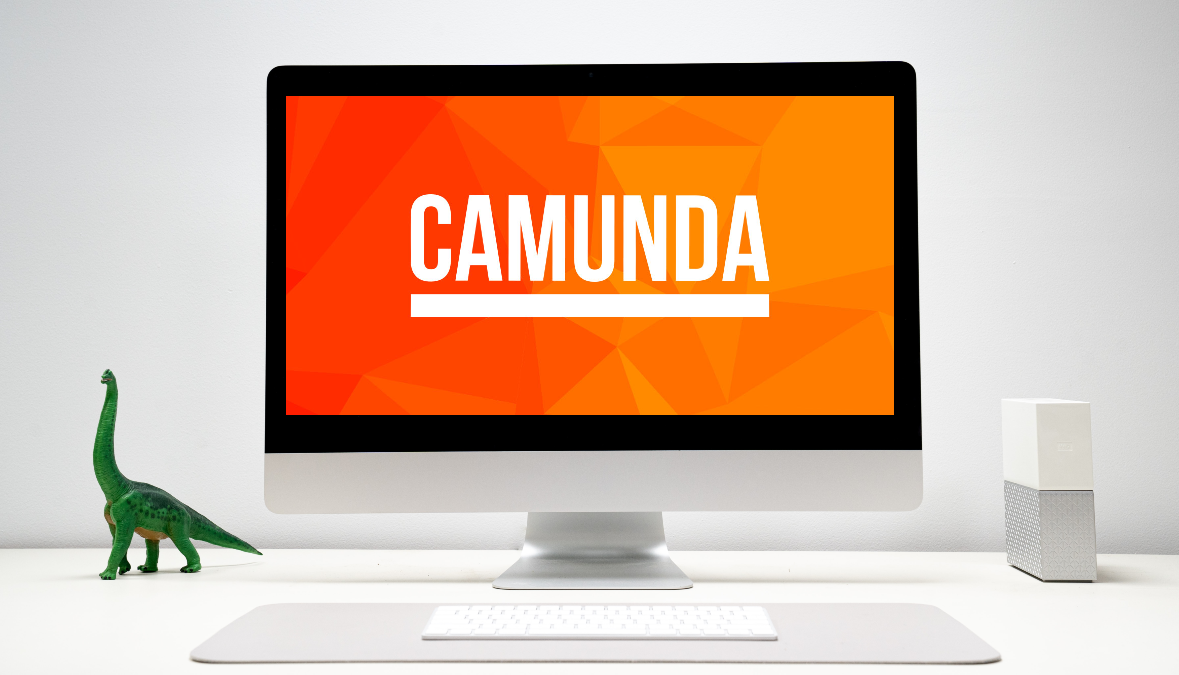Using the Tenant REST Interface on the Camunda Platform

This post contains examples of how to use the Tenant REST API of the Camunda BPM engine.
- Getting Started
- Start Camunda BPM Platform
- Example 1: Tenant Resource Options
- Example 2: Query List of Tenants
- Example 3: Query the Number of Tenants
- Example 4: Create a Tenant
- Example 5: Get a Tenant
- Example 6: Update a Tenant
- Example 7: Delete a Tenant
- Example 8: Tenant Group Membership Resource Options
- Example 9: Create a Tenant Group Member
- Example 10: Delete a Tenant Group Member
- Summary
A RESTful API is an application program interface (API) that uses HTTP requests to GET, PUT, POST and DELETE data. Camunda BPM also provides a REST API to allow other applications to communicate with it and perform several functions.
This post contains examples of how to use the Tenant REST API of the Camunda BPM engine. There are numerous options in terms of clients you can use like, Postman, Insomnia, and Paw. This post makes use of the curl command to invoke the REST interfaces.
Getting Started
The following list defines the technologies and libraries I used to implement the sample code:
- [Docker][Install_Docker]
- curl
Start Camunda BPM Platform
The following commands are all you need to get a docker container with the Camunda BPM Platform running. The command also defines the container name and the port to expose on the host.
# Creates a container layer over the camunda bpm platform image and then starts it.
$ docker run -d --name camunda -p 8080:8080 camunda/camunda-bpm-platform:latest
# Fetches the logs of the container.
$ docker logs -f camunda
After your Camunda BPM Platform is up and running, you can open the Camunda Admin web application by navigating to the following url in your browser:
http://localhost:8080/camunda-welcome/index.html
# Username: demo
# Password: demo
The REST API is available on the following URL:
http://localhost:8080/engine-rest
Example 1: Tenant Resource Options
The OPTIONS /tenant and OPTIONS /tenant/{id} REST interfaces retrieves the list of available operations that the current authenticated user can perform on the different REST interfaces. See the documentation for more information.
# Default OPTIONS /tenant command
$ curl -X OPTIONS http://localhost:8080/engine-rest/tenant
# Default OPTIONS /tenant/{ID} command
$ curl -X OPTIONS http://localhost:8080/engine-rest/tenant/knowhere
Example 2: Query List of Tenants
The GET /tenant REST interface retrieves a list of tenants or specific tenant based on the id parameter. See the documentation for more information and other parameters you can use. The result is an array of user objects with properties: id and name.
# Default GET /user REST Interface
$ curl -X GET http://localhost:8080/engine-rest/tenant
# Add parameter *id* to REST Interface
$ curl -X GET 'http://localhost:8080/engine-rest/tenant?id=knowhere'
Example 3: Query the Number of Tenants
The GET /tenant/count REST interface queries the number/count of tenants that are configured within the Camunda BPM engine. See the documentation for more information and other parameters you can use.
# Default GET /tenant/count REST Interface
$ curl -X GET http://localhost:8080/engine-rest/tenant/count
# Add parameter *id* to REST Interface
$ curl -X GET 'http://localhost:8080/engine-rest/tenant/count?id=knowhere'
Example 4: Create a Tenant
The POST /tenant/create REST interface creates a new tenant based on the id and name provided as part of the body. See the documentation for more information.
# Default POST /user/create REST Interface
$ curl -X POST http://localhost:8080/engine-rest/tenant/create \
-H 'Content-Type: application/json' \
-d '{
"id": "knowhere",
"name": "Knowhere"
}'
Example 5: Get a Tenant
The GET /tenant/{id} REST interface retrieves a specific tenant. See the documentation for more information. The result is an object with properties: id and name.
# Default GET /tenant/{id} REST Interface
$ curl -X GET http://localhost:8080/engine-rest/tenant/knowhere
Example 6: Update a Tenant
The PUT /tenant/{id} REST interface updates an existing tenant. See the documentation for more information.
# Default PUT /user/{id}/profile REST Interface
$ curl -X PUT http://localhost:8080/engine-rest/tenant/knowhere \
-H 'Content-Type: application/json' \
-d '{
"id": "knowhere",
"name":"Knowhere 2"
}'
Example 7: Delete a Tenant
The DELETE /tenant/{id} REST interface deletes a specific tenant. See the documentation for more information.
# Default DELETE /tenant/{id} REST Interface
$ curl -X DELETE http://localhost:8080/engine-rest/tenant/knowhere
Example 8: Tenant Group Membership Resource Options
The OPTIONS /tenant/{id}/group-members REST interface retrieves the list of available operations that the current authenticated user can perform on the different Tenant Group Membership REST interfaces. See the documentation for more information.
# Default OPTIONS /tenant/{id}/group-members command
$ curl -X OPTIONS http://localhost:8080/engine-rest/tenant/knowhere/group-members
Example 9: Create a Tenant Group Member
The PUT /tenant/{id}/group-members/{groupId} REST interface creates a new membership between the group and the tenant. See the documentation for more information.
# Default PUT /tenant/{id}/group-members/{groupId} command
$ curl -X PUT http://localhost:8080/engine-rest/tenant/knowhere/group-members/avengers
Example 10: Delete a Tenant Group Member
The DELETE /tenant/{id}/group-members/{groupId} REST interface deletes the membership between the group and the tenant. See the documentation for more information.
# Default DELETE /tenant/{id}/group-members/{groupId} command
$ curl -X DELETE http://localhost:8080/engine-rest/tenant/avengers/group-members/avengers
Summary
Congratulations! You have successfully used the Tenant REST interface to perform a number of functions on the Camunda BPM engine. Follow me on any of the different social media platforms and feel free to leave comments.
